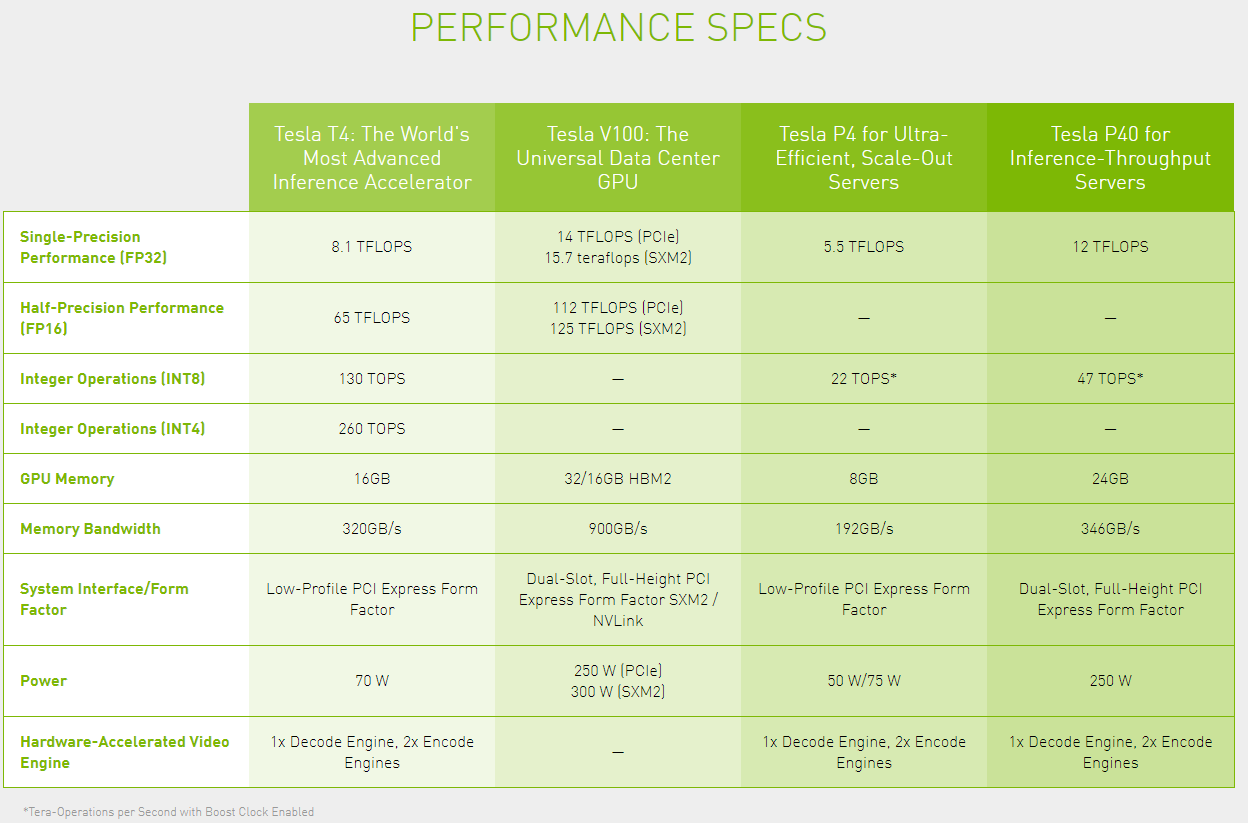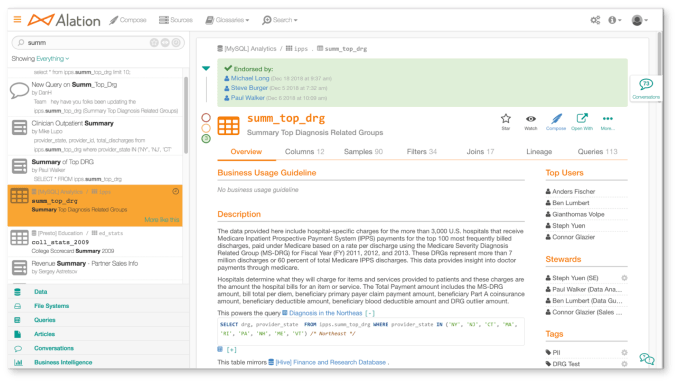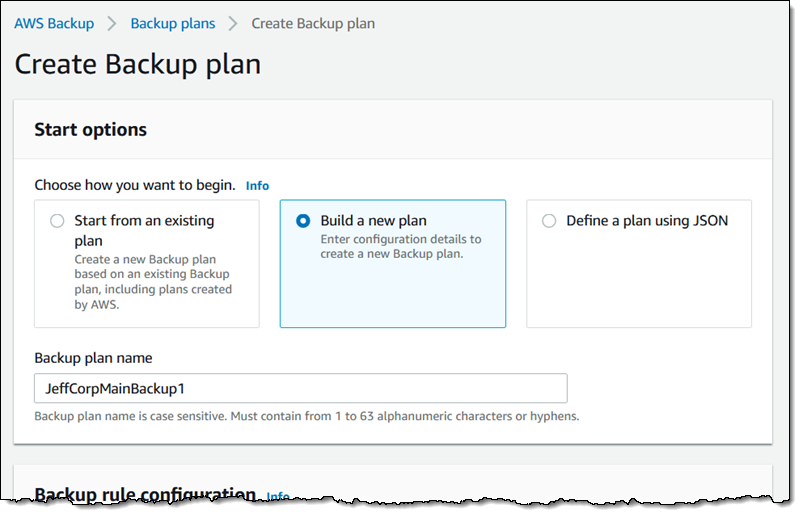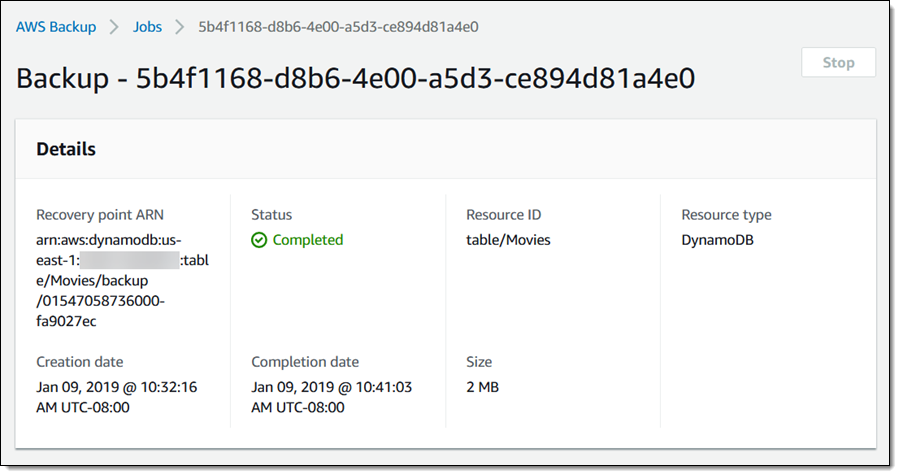Microsoft continues to build government security credentials ahead of JEDI decision
While the DoD is in the process of reviewing the $10 billion JEDI cloud contract RFPs (assuming the work continues during the government shutdown), Microsoft continues to build up its federal government security bona fides, regardless.
Today the company announced it has achieved the highest level of federal government clearance for the Outlook mobile app, allowing U.S. Government Community Cloud (GCC) High and Department of Defense employees to use the mobile app. This is on top of FedRamp compliance the company achieved last year.
“To meet the high level of government security and compliance requirements, we updated the Outlook mobile architecture so that it establishes a direct connection between the Outlook mobile app and the compliant Exchange Online backend services using a native Microsoft sync technology and removes middle tier services,” the company wrote in a blog post announcing the update.
The update will allow these highly security-conscious employees to access some of the more recent updates to Outlook Mobile, such as the ability to add a comment when canceling an event.
This is in line with government security updates the company made last year. While none of these changes are specifically designed to help win the $10 billion JEDI cloud contract, they certainly help make a case for Microsoft from a technology standpoint.
As Microsoft corporate vice president for Azure Julia White stated in a blog post last year, which we covered, “Moving forward, we are simplifying our approach to regulatory compliance for federal agencies, so that our government customers can gain access to innovation more rapidly.” The Outlook Mobile release is clearly in line with that.
Today’s announcement comes after the Pentagon announced just last week that it has awarded Microsoft a separate large contract for $1.7 billion. This involves providing Microsoft Enterprise Services for the Department of Defense (DoD), Coast Guard and the intelligence community, according to a statement from DoD.
All of this comes ahead of a decision on the massive $10 billion, winner-take-all cloud contract. Final RFPs were submitted in October and the DoD is expected to make a decision in April. The process has not been without controversy, with Oracle and IBM submitting formal protests even before the RFP deadline — and more recently, Oracle filing a lawsuit alleging the contract terms violate federal procurement laws. Oracle has been particularly concerned that the contract was designed to favor Amazon, a point the DoD has repeatedly denied.











